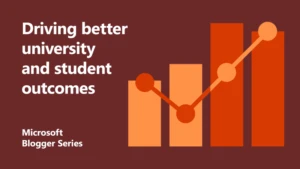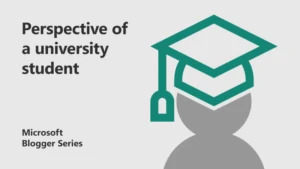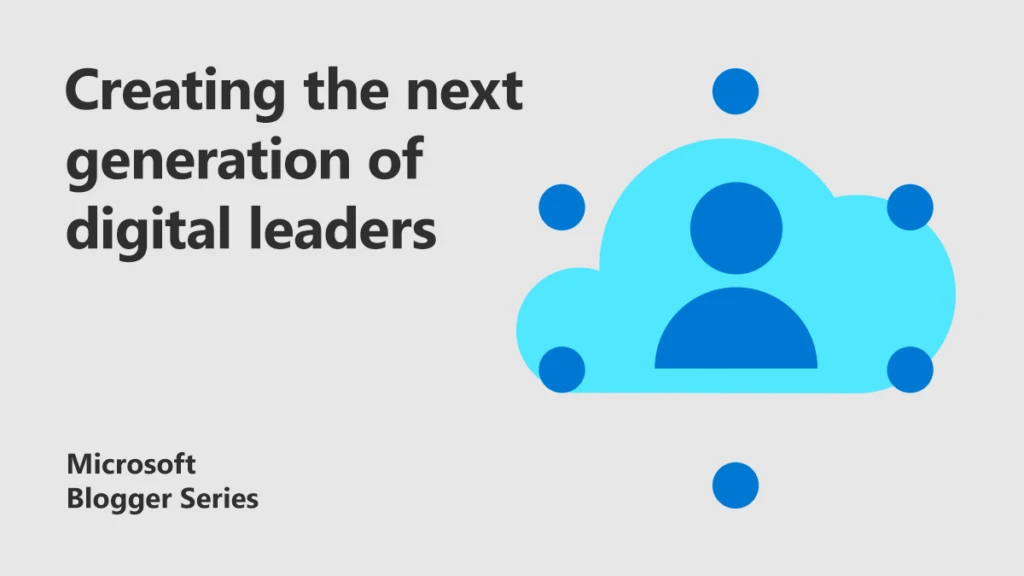
Empowering every student on the planet to achieve more
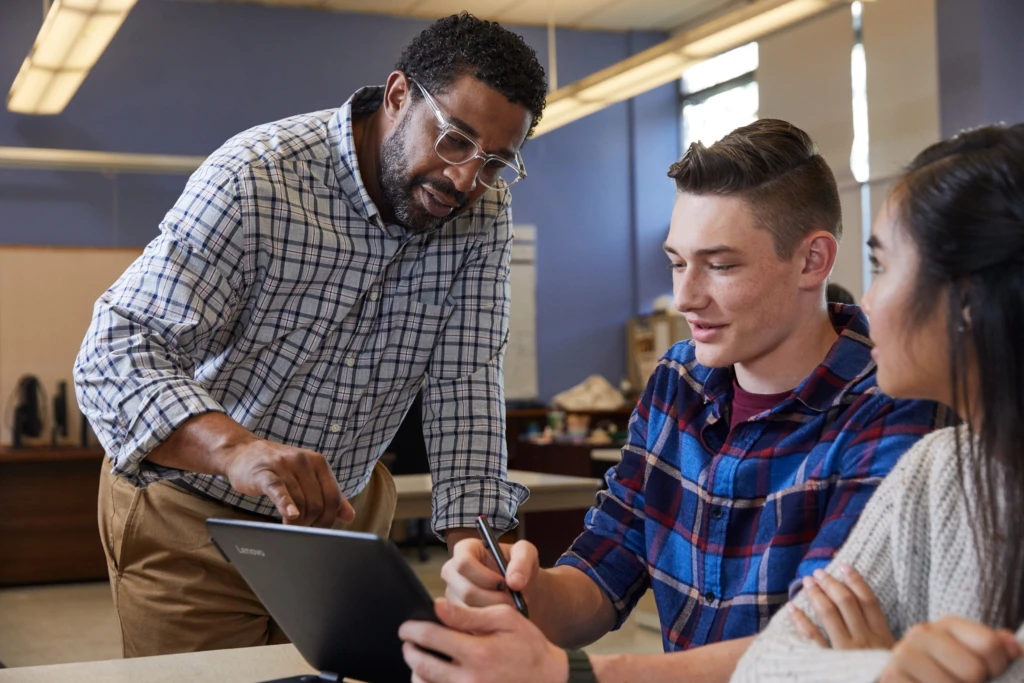 Technological progress and innovation is happening at an unprecedented pace. It’s reshaping every aspect of our lives as humans. Everything from the way we live, work, learn and teach is changing.
Technological progress and innovation is happening at an unprecedented pace. It’s reshaping every aspect of our lives as humans. Everything from the way we live, work, learn and teach is changing.
This impacts the skills students need to succeed in classrooms today and in the workplaces of the future. Schools, colleges, and universities need to evolve in order to deliver the best learning outcomes for students.
As educators, you’re tasked with the critical role of equipping students with the skills they need for the future digital workplace and to be the next generation of leaders. Not only does everyone needs to learn the skills required to live and work in a world that is increasingly digital, but we need more computer science, data science, and cybersecurity skills to build future products and services.
This can seem like an impossible task at times with an increased pressure around funding and student numbers, but we see many great examples of how colleges and universities are finding smarter ways of working, enabling students to take control of their learning whilst freeing up teachers to spend more time helping them overcome challenges.
The future of work and skills
The workplace of today and the future is more collaborative, productive, and diverse. It empowers employees to work how they see best, wherever they are. Technology is an integral part of the workplace today, and as technologies like IoT and AI grow, the role of technology will also expand.
It’s important we build up student’s soft and digital skills to ensure they can walk into these roles with confidence. The World Economic Forum listed analytical thinking, innovation, active learning, creativity, problem solving, and collaboration as some of the most important emerging skills of 2022. Students will also need to be committed to lifelong learning, to ensure they re- and upskill as we make new technology gains and jobs and industries evolve and need new skills.
Empowering educators with digital skills
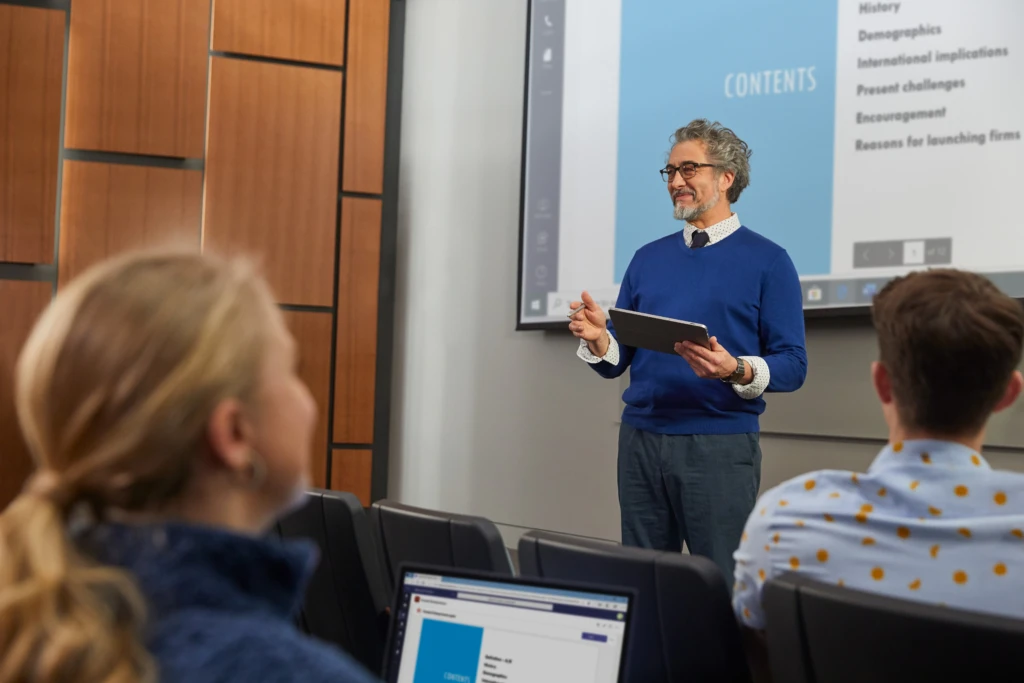 For students to reach their full potential, they need educators at their full potential. Teachers who develop digital skills are empowered to use technology to improve their wellbeing and work better.
For students to reach their full potential, they need educators at their full potential. Teachers who develop digital skills are empowered to use technology to improve their wellbeing and work better.
Office 365 gives educators access to time-saving tools that simplify marking and makes collaboration between students and peers easy. Predictive analytics can be used to predict student performance, improve learning outcomes, and provide customised support to students who need it.
Only 38 percent of teachers feel their training has equipped them with the skills they need. Microsoft Educator Community is a hub for educators to learn and explore resources to build those skills.
Equipping educators with the tools and skills to leverage technology in the classroom will ultimately help students develop vital digital skills that will help them succeed in the future. It will also empower educators to use technology to amplify their own work to improve their wellbeing.
Technology in the classroom
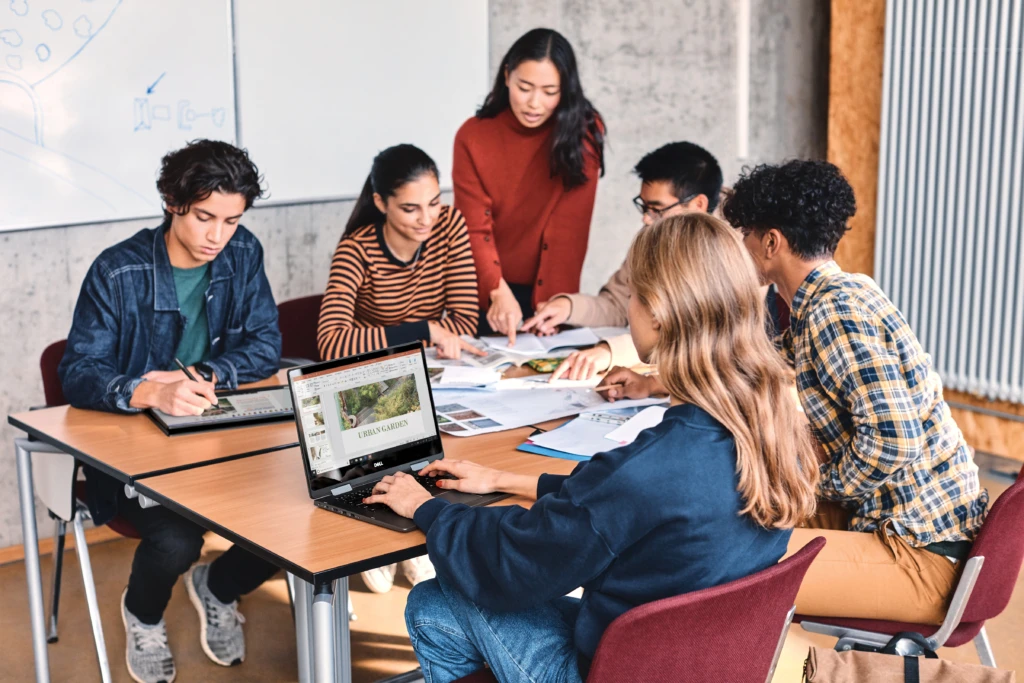 49 percent of teachers surveyed by us said that technology made a positive impact on student-teacher collaboration. One of these tools – Microsoft Teams is helping schools increase both peer-to-peer and student-teacher collaboration.
49 percent of teachers surveyed by us said that technology made a positive impact on student-teacher collaboration. One of these tools – Microsoft Teams is helping schools increase both peer-to-peer and student-teacher collaboration.
At City of Westminster College, the use of Teams empowered students to take responsibility for their own learning and encouraged collaboration amongst learners. Learning extends beyond the classroom, with teachers posting resources that students can view at any time – whether in class or studying at home. It’s also helped eliminate communication barriers faced by students with hearing impairments.
I’m incredibly proud of the work our customers are doing with our technology to support a learning environment that is both accessible and inclusive.
Over the next three years we have committed to train 30,000 teachers on how technology can help build an inclusive classroom, with our free built-in and non-stigmatising learning tools. Immersive reader, for example, helps students with dyslexia by reading out text, breaking words into syllables and increasing spacing between lines and letters.
Stronger together
As an education community, we all have a huge opportunity and responsibility to prepare students for a digital future and continued change. Join in on our sessions at Digifest or pop by our stand to discover how we’re helping other educators use technology to transform student and teacher outcomes.
Find out more
Help your students prepare for their careers
Discover more education blogs from Microsoft
About the author
 Chris is the Director of Education at Microsoft UK. He and his team work with education customers helping them make the most of technology to save time and increase the impact of teaching and learning.
Chris is the Director of Education at Microsoft UK. He and his team work with education customers helping them make the most of technology to save time and increase the impact of teaching and learning.

